- The Rundown AI
- Posts
- OpenAI, Microsoft renew their vows
OpenAI, Microsoft renew their vows
PLUS: Adobe goes big on AI for creatives at MAX
Good morning, AI enthusiasts. The most controversial restructuring in tech history just crossed the finish line — and OpenAI's original nonprofit is now sitting on $130B in equity.
Coming alongside a renegotiated Microsoft deal that relieves some major tension on AI’s biggest partnership, has OpenAI finally built a structure that can actually survive the AGI race?
P.S. — We love all of the unique ways readers are leveraging AI across their work and lives! If you haven’t already, share your use case for a chance to be featured below.
In today’s AI rundown:
OpenAI’s corporate overhaul, revised Microsoft terms
Adobe goes big on AI for creatives at MAX
Edit AI video scenes and objects with Google Flow
Nvidia eyes $500B in chip sales amid partnership blitz
4 new AI tools, community workflows, and more
LATEST DEVELOPMENTS
OPENAI
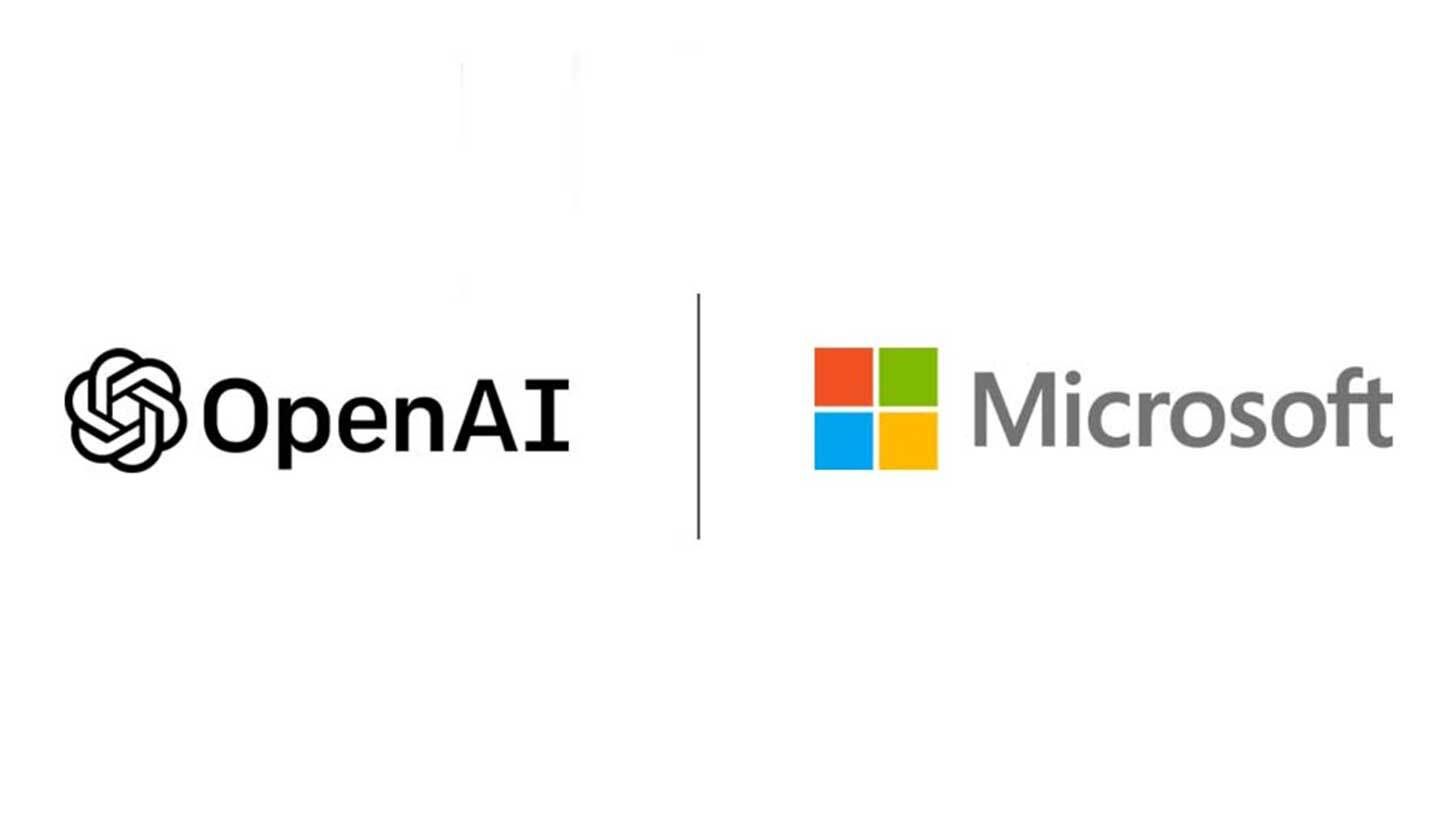
Image source: Microsoft
The Rundown: OpenAI just completed its controversial transition to a public benefit corporation, while also simultaneously renegotiating its Microsoft arrangement to address tensions surrounding AGI rights and ownership stakes.
The details:
The original nonprofit, rebranded as OpenAI Foundation, now holds $130B of equity and will direct $25B to health research and “AI resilience infrastructure.”
Microsoft's ownership drops from 32.5% to around 27% in the new entity, though its stake is now worth approximately $135B following recent funding.
An independent expert panel will verify any AGI claims going forward, with Microsoft now retaining tech rights through 2032 even after AGI arrives.
Microsoft and OAI can now pursue AGI with other partners; while OAI is committed to $250B in Azure purchases, it can shop for compute elsewhere.
Why it matters: OAI’s restructuring journey has been a bumpy road, but it appears the legal scrutiny behind the move is finally complete, creating what the company calls “one best-resourced philanthropic organizations ever.” The new Microsoft terms should also help thaw the frigid relationship between the AI leader and its biggest partner.
TOGETHER WITH COMPOSIO
The Rundown: Rube turns your AI into a coworker that actually ships. Dump busywork like meeting notes, ticket creation, follow-ups, reports, and stay in flow while Rube handles it across 800 apps from Claude or Cursor.
With Rube, you can:
Add 800 tools via a single MCP node in n8n, agentkit, langflow, and lindy
Create scheduled automation workflows with custom triggers
Fork ready-made recipes from the growing community library
Skip auth wrestling with a Composio-powered platform that manages OAuth and enterprise SEO
ADOBE
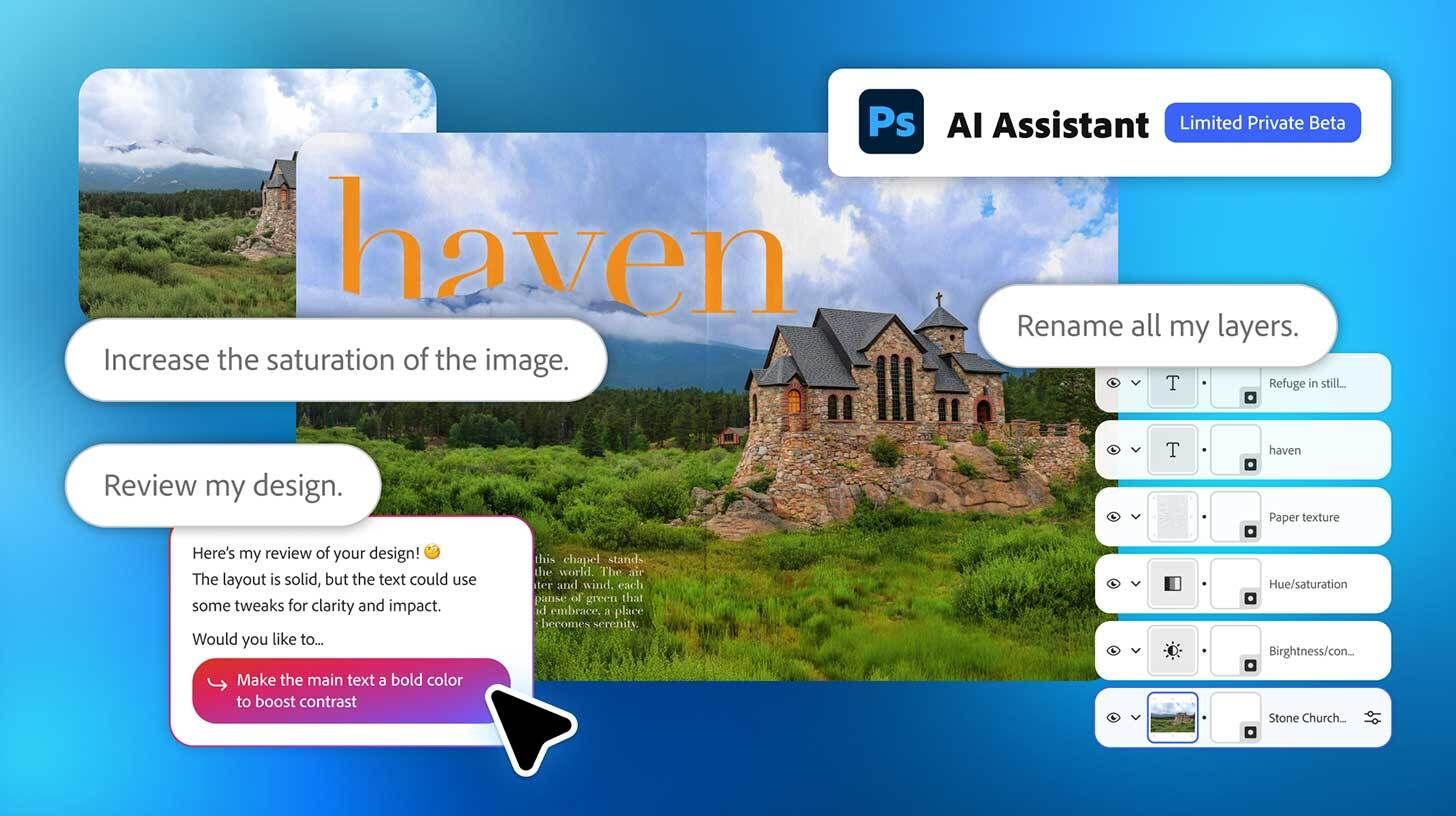
Image source: Adobe
The Rundown: Adobe introduced a wave of AI updates across its platforms at the its MAX conference, including conversational assistants, a new Firefly Image Model with upgraded features, broader access to third-party models, new video tools, and more.
The details:
AI assistants come to Photoshop and Express for image creation and editing, with Adobe also previewing an agentic assistant called “Project Moonlight.”
Firefly Image Model 5 arrives with "Prompt to Edit" for conversational editing, along with new video features like AI soundtracks, voiceovers, and editing tools.
Firefly will also allow for custom image models, allowing artists to personalize outputs using their own work for training.
New Google Cloud and YouTube partnerships bring Gemini, Veo, and Imagen into Adobe's ecosystem, with Premiere's editing tools heading to Shorts.
Why it matters: Adobe’s move to be an open layer on top of the industry’s top models is a strong path forward for the legacy creative giant. With the addition of assistants and coming agentic capabilities, Adobe can integrate the best features of current top standalone creative platforms into an already popular and familiar ecosystem of tools.
AI TRAINING
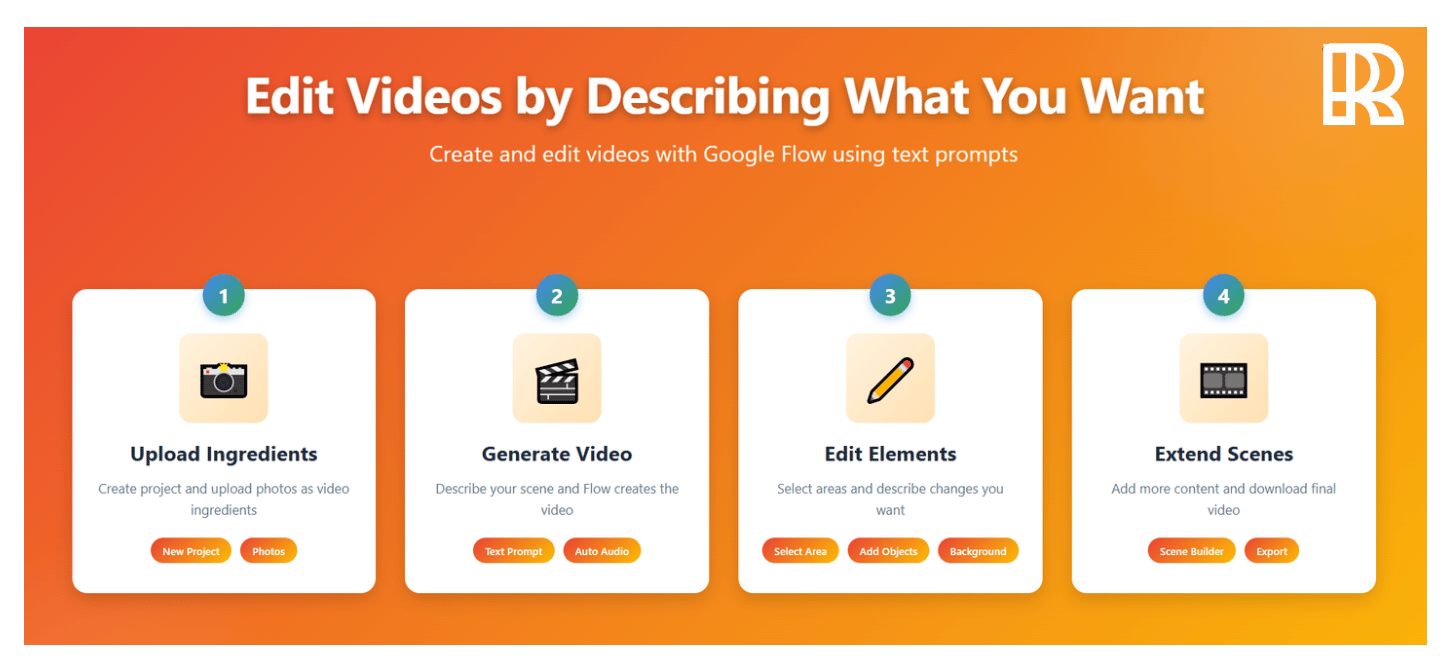
The Rundown: In this tutorial, you will learn how to create and edit videos using Google Flow — adding objects, changing backgrounds, and extending scenes just by typing what you want to see.
Step-by-step:
Visit Flow, sign in, click "+ New Project" and change from "Text to Video" to "Ingredients to Video", and upload photos of your person and background
Prompt: "Using uploaded photos, create a video where I stop typing, look at the camera, saying 'Ready to collaborate? DM me!' Add soft upbeat music and keyboard clicks"
Click "Edit" on the output, select any area to modify (e.g., select the window), and prompt "Add no-smoking sign" or select the background to "Insert robot"
Click "Add to Scene", then "+" and "Extend" to add: "Robot moves out and person gives thumbs up to camera"
Review seamless transitions between clips, click the download icon on the timeline to export your complete edited video
Pro tip: Use this editing feature to add product logos and branding to demo videos, insert your products into lifestyle scenes for marketing content, or create training videos with on-screen annotations and visual aids.
PRESENTED BY LOVART
The Rundown: Lovart’s AI Design Agent just got a major speed boost. Its new Fast Mode makes creation up to 80% faster while keeping output quality top-notch.
With Lovart, you can:
Auto-stitch 1 minute Sora 2 clips for effortless storytelling with notion, sound, and narrative flow.
Use Veo 3.1 to provide cinematic, ad-ready visuals that look straight from a studio.
Blend leading models like Nano Banana, Sora 2, and Veo 3.1 in one seamless place
Try Lovart today and experience the future of AI creation.
NVIDIA
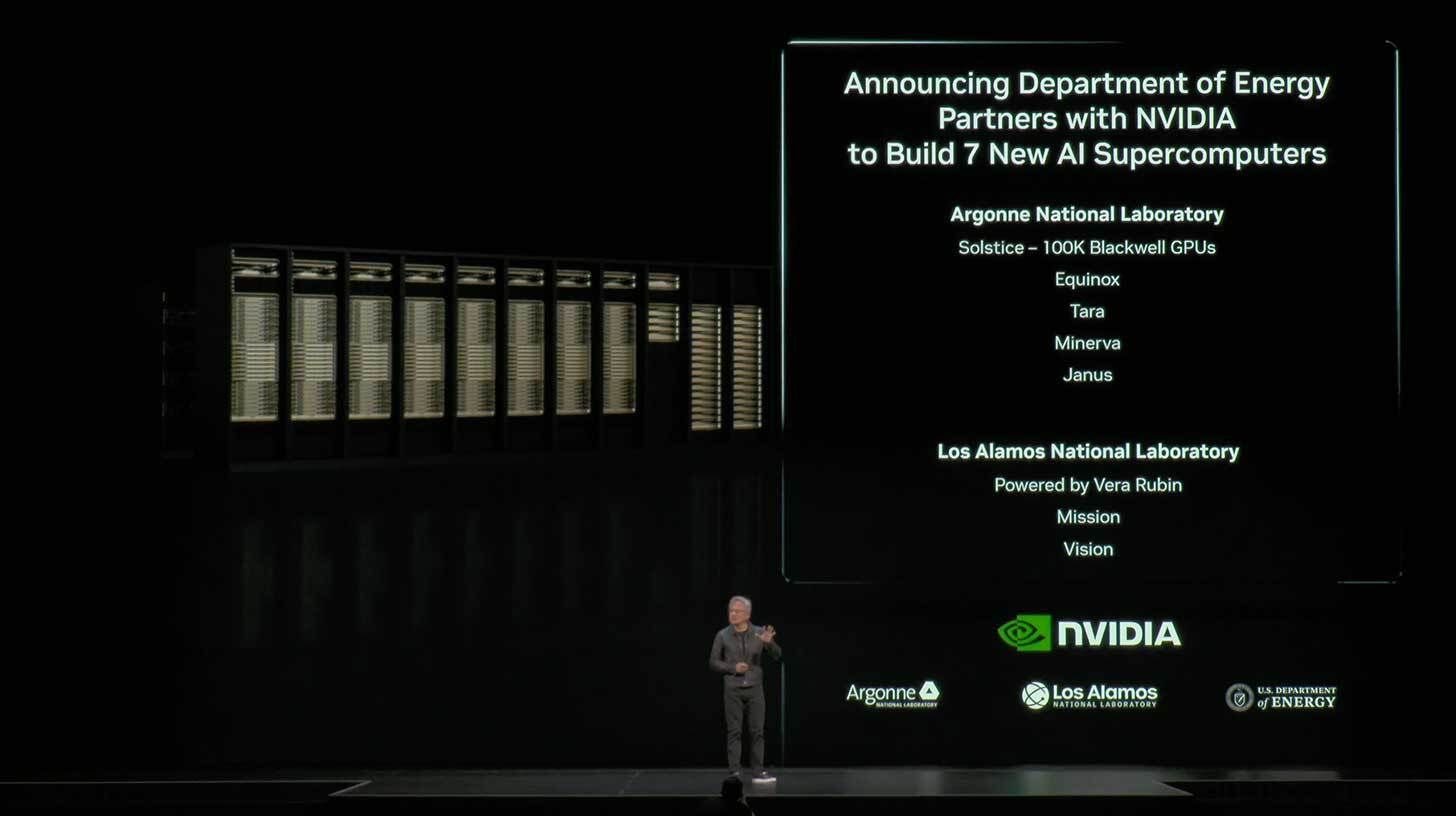
Image source: Nvidia
The Rundown: Nvidia CEO Jensen Huang just outlined projections for $500B in revenue from its Blackwell and Rubin chips through 2026, while also announcing new partnerships, models, investments, and more at the company's Washington D.C. event.
The details:
The U.S. Dept. of Energy is deploying seven supercomputers using over 100k Blackwell GPUs, all being manufactured domestically.
Nvidia released new open-source models across reasoning, physical AI, robotics, and biomedical research, along with massive open datasets.
New partnership announcements included Eli Lilly, Palantir, Hyundai, Samsung, and Uber, with Nvidia’s stock surging to a new all-time high on the news.
The company also announced a $1B investment in Nokia, as the telecom giant pivots to AI processing, aiming to redesign networks around AI connectivity.
Why it matters: There has been lots of talk of an AI bubble, but the leader of the AI chip revolution doesn’t agree — and has some eye-popping figures and developments to back it up. Despite many competitors trying to come for Jensen Huang’s crown, Nvidia’s reach continues to grow powerfully across every aspect of the AI boom.
QUICK HITS
⚙️ Kilo Code - Open source AI coding assistant for planning, building, and fixing code — use 400+ models with no rate limits or resets*
🎥 Hailuo 2.3 - MiniMax’s AI video model with upgraded realism and motion
💻 FlowithOS - Agents connecting knowledge, creation, and execution in one
📚 Grokipedia - xAI’s new AI-powered encyclopedia
*Sponsored Listing
xAI released Grokipedia, an AI-driven Wikipedia-style encyclopedia with 800K+ Grok-generated articles, and options to let users submit corrections with real-time AI edits.
OpenAI CEO Sam Altman revealed that the company is on track to achieve an “intern-level research assistant” by next year and a fully-automated AI researcher by 2028.
GitHub introduced Agent HQ, a platform that integrates coding agents from Anthropic, OAI, Google, Cognition, and xAI into existing workflows via a dashboard.
Amazon is cutting 14,000 corporate jobs to streamline operations, with CEO Andy Jassy previously attributing the coming reductions to AI and robotics efficiency gains.
Google released Pomelli, a new Labs experiment that designs AI marketing campaigns and content based on a brand’s website.
Flowith launched FlowithOS, an AI OS that achieves top scores across agentic web tasks, beating OpenAI’s Operator, ChatGPT Atlas, and Gemini 2.5 Computer Use.
COMMUNITY
Every newsletter, we showcase how a reader is using AI to work smarter, save time, or make life easier.
Today’s workflow comes from reader Bryan R. in York, PA:
"I created a GPT to help me manage a wetland restoration and land management project on my property. I track my native bird, mammal, insect, flower and plant populations to monitor ecological health and have that returned to me as a score. It then gives me recommendations on how to best manage the ecosystem in a natural way, optimized for my specific location. I have already established a small pollinator corridor that is already promising to grow into quite the show next spring."
How do you use AI? Tell us here.
Read our last AI newsletter: Anthropic’s Claude comes to Excel
Read our last Tech newsletter: Grokipedia is here, like it or not
Read our last Robotics newsletter: Nike’s robotic sneaker
Today’s AI tool guide: Edit AI video scenes instantly with Google Flow
RSVP to next workshop @ 4PM Thursday: Build PPT decks with Claude Skills
That's it for today!Before you go we’d love to know what you thought of today's newsletter to help us improve The Rundown experience for you. |
See you soon,
Rowan, Joey, Zach, Shubham, and Jennifer — the humans behind The Rundown


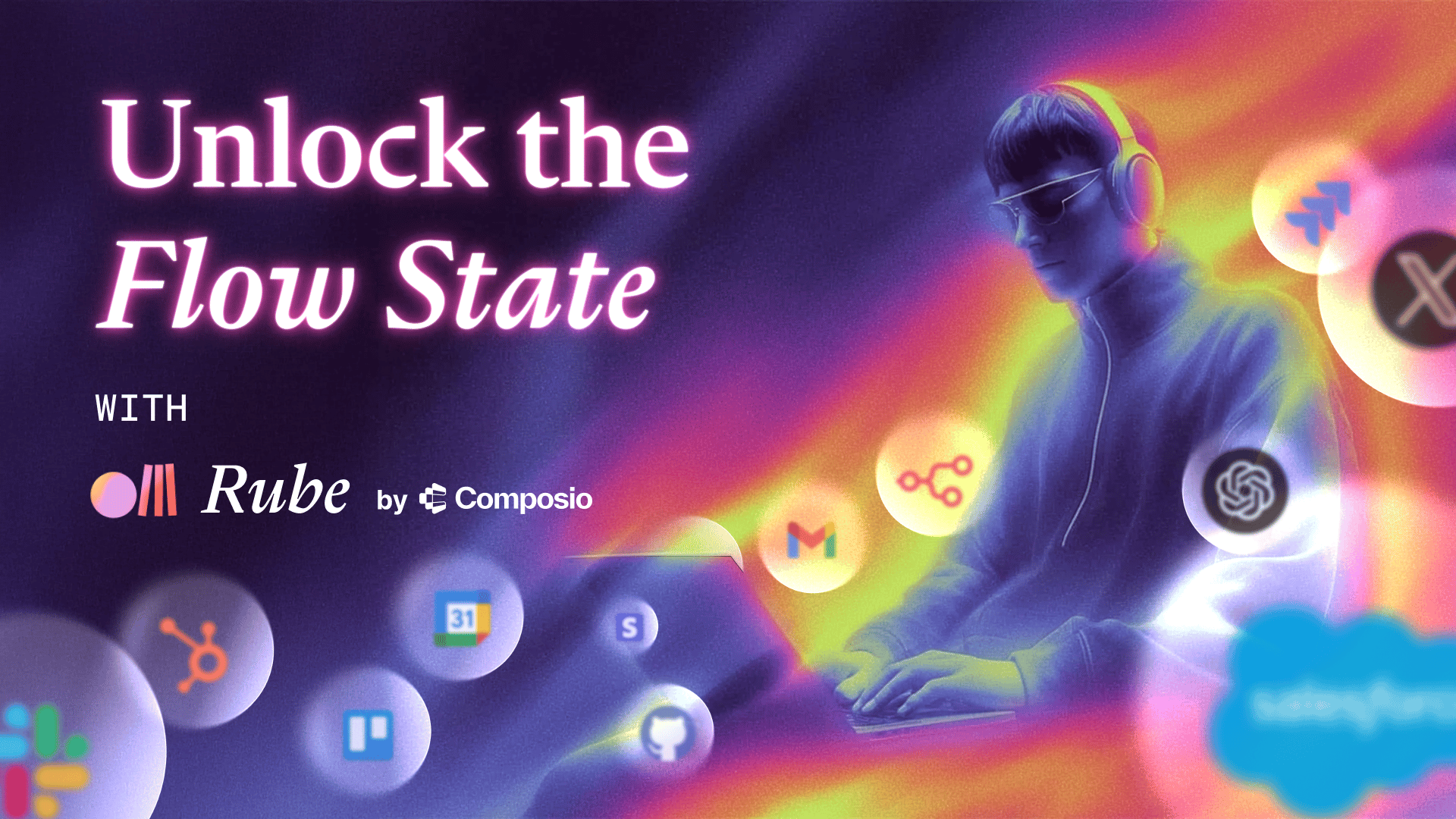
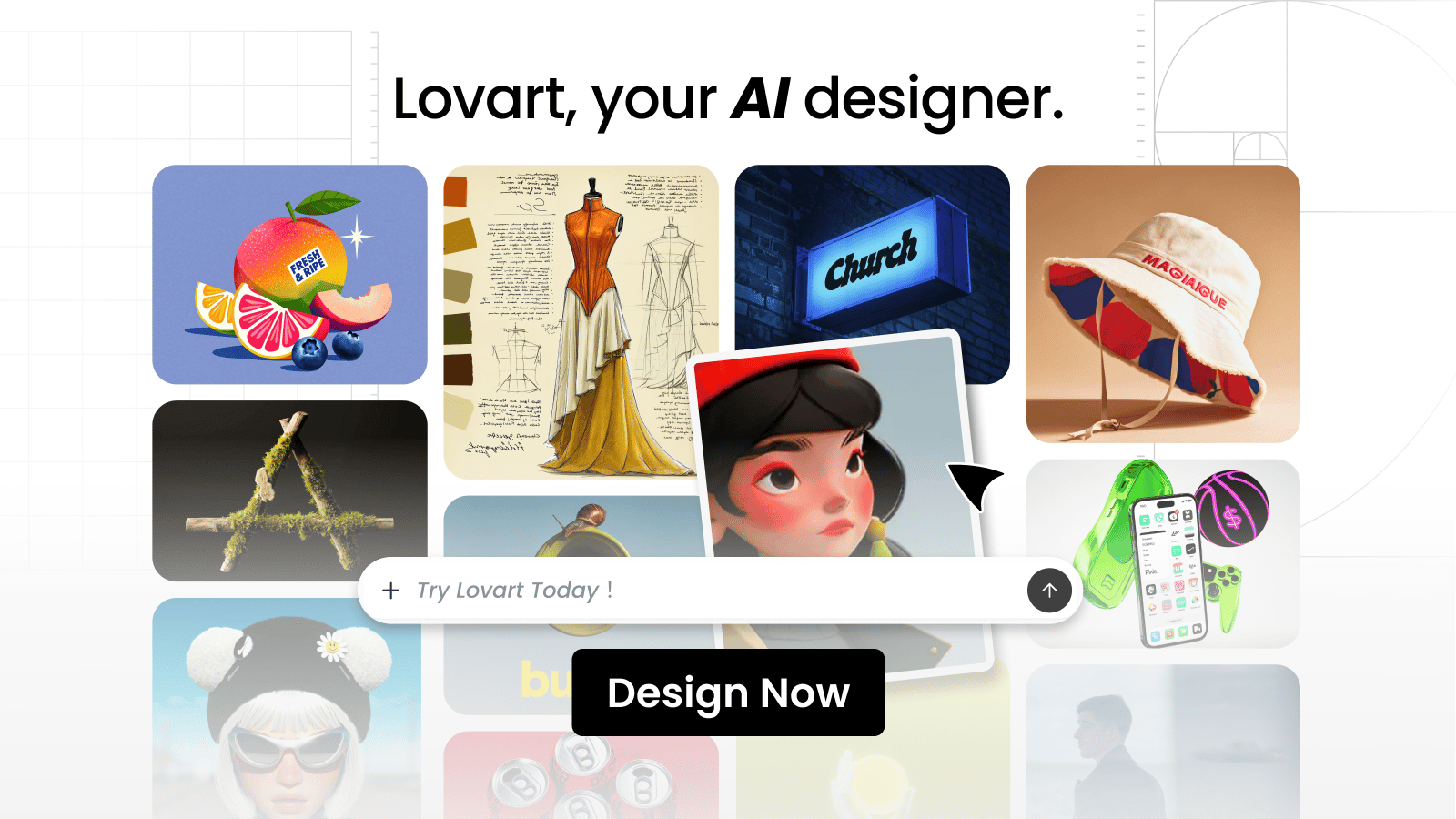
Reply